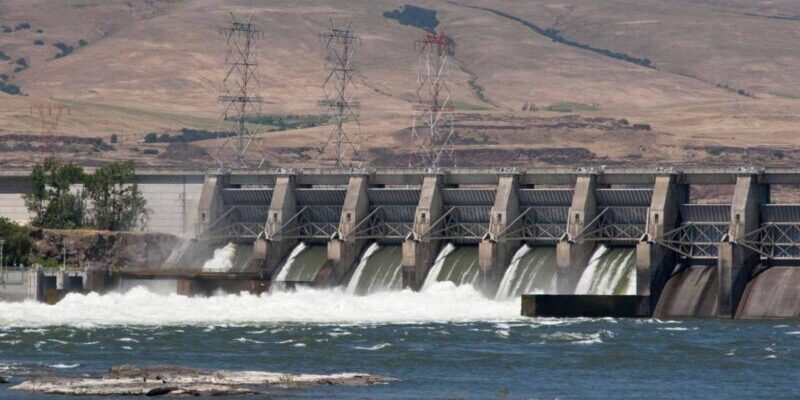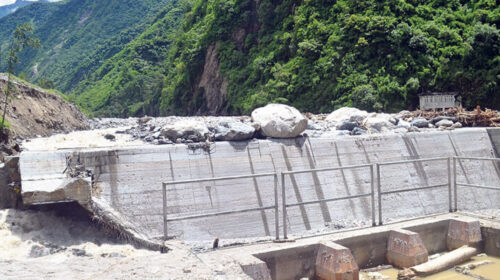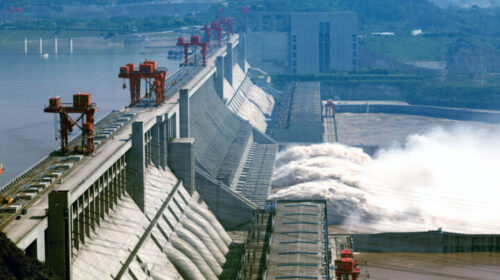Africa: the continent’s hydroelectric potential estimated at 42 GW in 2023 (IHA)
Africa, boasting the world’s largest untapped hydroelectric potential estimated at 42 GW, faces a stark reality where over 570 million people still lack access to electricity, as highlighted in a recent report by the International Hydropower Association (IHA).
Hydropower remains pivotal to Africa’s energy landscape, currently supplying 40% of electricity in sub-Saharan Africa.
The competition for leadership in hydroelectric capacity among African nations is intense. According to the report, Ethiopia leads with 4,825 MW, followed by Angola at 3,836 MW, and South Africa at 3,600 MW.
Nigeria, Uganda, DRC, Tanzania, and Burundi follow with capacities of 740 MW, 408 MW, 382 MW, 262 MW, and 27 MW respectively.
Recent developments underscore the continent’s progress in harnessing its hydroelectric potential:
.Angola celebrated the full operational status of the Laúca hydroelectric plant (2,070 MW) in 2024, built by ANDRITZ. The country aims to utilize more of its 12 GW potential, currently exploiting around 4 GW.
.In Cameroon, significant strides were made in May 2024 with the activation of the first 60 MW turbine at the Nachtigal hydroelectric project. This 420 MW initiative is slated for full commissioning by late 2024.
.Meanwhile, the Democratic Republic of Congo (DRC) eyes transformative impacts with ambitious projects like the Grand Inga, projected to cost approximately $100 billion. The recently inaugurated 240 MW Busanga hydroelectric plant, a collaboration with Chinese firms, exemplifies ongoing efforts to enhance electricity generation.
However, progress for the Inga 3 hydroelectric project has been cautious. Planned at 11,050 MW capacity, it is currently in the authorization phase with construction set to begin in 2026, aiming for operational status by 2030.
Africa’s journey to harness its vast hydroelectric potential faces challenges, yet these projects promise substantial socio-economic benefits once realized.
108 total views , 1 views today





